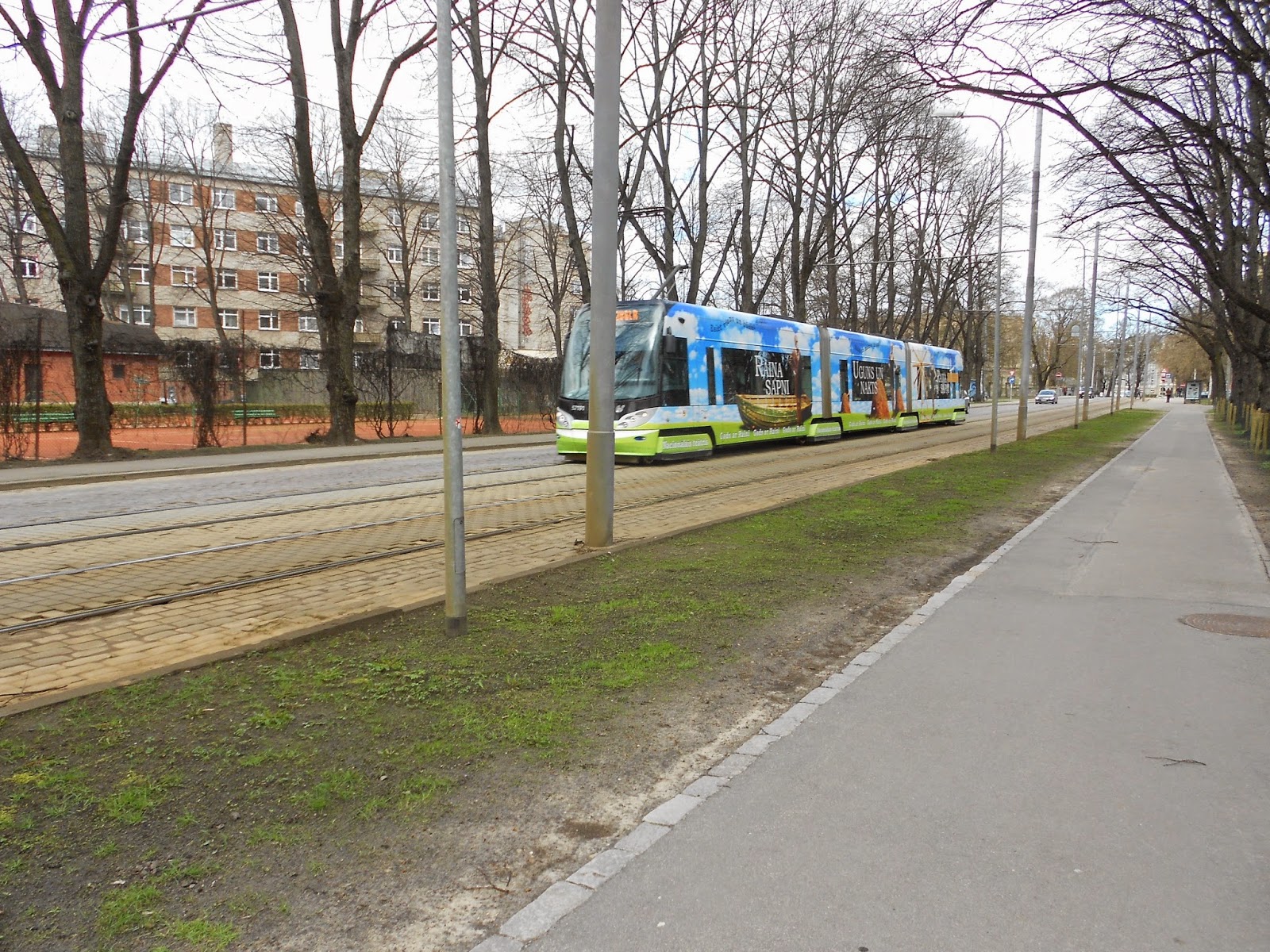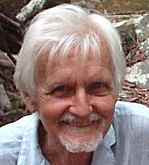From the heat of India, in the late 30's, to the coldness of Europe and Croatia. I flew via Moscow, which of course was even colder, and where it was still snowing. Fortunately I did not require to venture out of the terminal building. Nevertheless the temperature was much reduced with every-one, myself included, rugged up in winter gear.
From the freedom of minimal clothing, and the heat of the tropics, with its multiple layers of clothing, in just a few hours, is a test of one's endurance, to be sure.
Some of the enthusiastic people who attended my lectures and workshops in Croatia.
This is the town centre of Csarkovec on a cold Sunday morning. My frinds apologised for its strakness
My hosts who so kindly care for me, and arrange my lectures and workshops as hey farewell me on the station in Zagreb prior to catching the train to Ljubljana, in Slovenia. This was one of the rare occasions that the sun was shining whilst I was there.
And then to Ljubljana, in Slovenia, to be met by my hosts for that day who shared with me their enthusiasm, garden, and the countryside as we travelled to the town of Idrija.
Here is their garden with the new load of top-soil to be added, as this was re-claimed land, which arrived at the same time as we did.
On the way to Idrija we visited a farmhouse in which there was this heated raised bed. I had read of these, and considered that they were no longer in use since the availability of central heating. This appears to be far from the case, as I was informed they were still in wide usage.
And this is the fire-box used for heating the bed. The owner of the farm informed me that they used it regularly until the warmer weather came.
As we continued on our journey we visited the highest spot in the mountains, where of course there was a church, this being their favourite spot to build.
This is the view from the top of the mountain. I was informed that from this point you were able to see over two thousand churches.
From there we visited another local farm on which there was this North American Indian tepee. I was informed that they held workshops here involving the teachings of the Indian Shamans.
Alongside the tepee was the sweat-lodge, which is a type of sauna.
My next port of call after Idrija was to this delightful restaurant at which I spent the next two nights with lectures. The owner told me that it originally was a barn belonging to the farm which he inherited. Not continuing farming he converted it to what it is today, where it is a meeting place more than anything else. Of course there is also lots of music. A place for the sharing of ideas, friends, conviviality, music, and well-being.
As can be observed, the interior was quite rustic, homely, and inviting.
The decorations were quite unique, and very historic in nature.
The snow was still on the surrounding mountains, with the weather still decidedly cold, in spite of the sunshine.













































